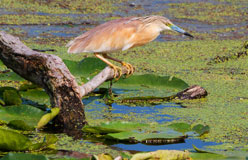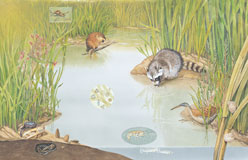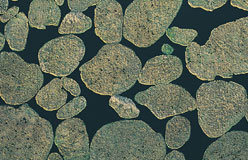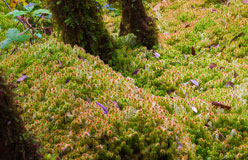Over the years, wetlands have gotten a bad rap. Think of the sayings associated with them: swamped with work, bogged down in details. Even the bogeyman may have come from the bogs of Europe.
More damaging than the words has been the common view of wetlands: mosquito-infested, disease-ridden, worthless pieces of half land, half water. For a long time, most people assumed that the best thing you could do with a wetland was drain it and plant crops, or drain it and pave over it, or drain it and build on it. It’s estimated that over half of the original wetlands in the lower 48 states of the U.S. (excluding Alaska and Hawaii) have been lost due to human activity.
Only within the last three decades have people begun to understand how important wetlands are to the ecology of the world. But the battle to save them is far from over. Some want to preserve and restore the wetlands, but others think this approach stands in the way of progress. What good are wetlands, what problems do they face, and what can save them?







